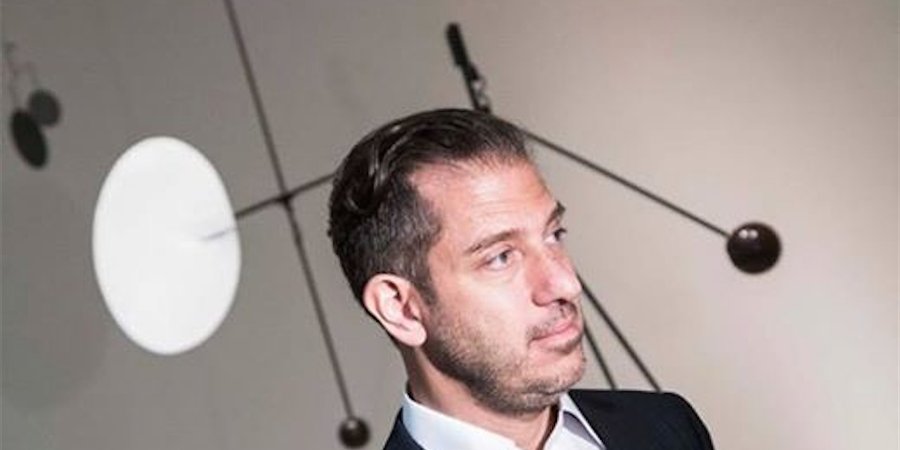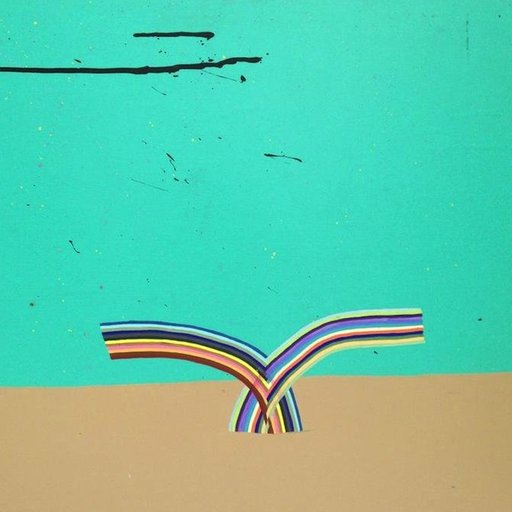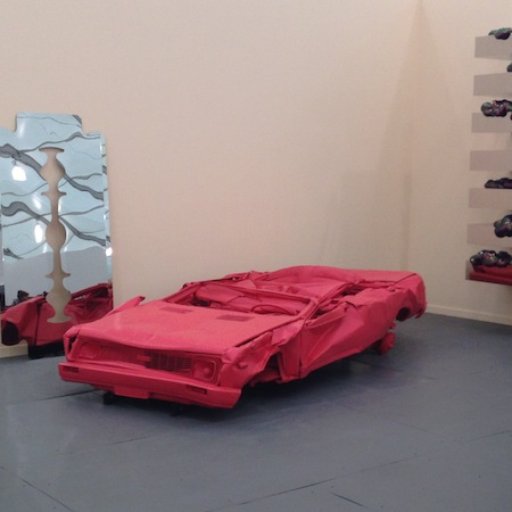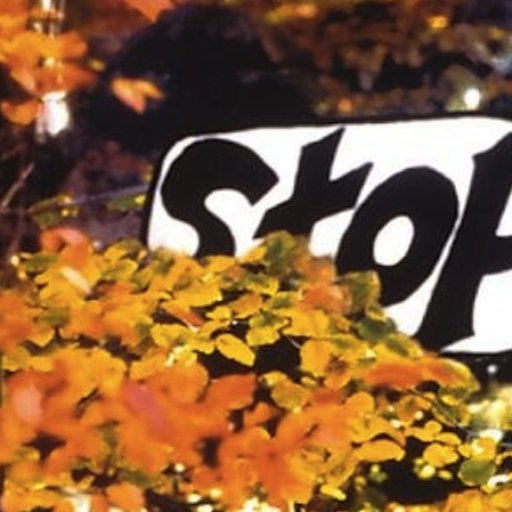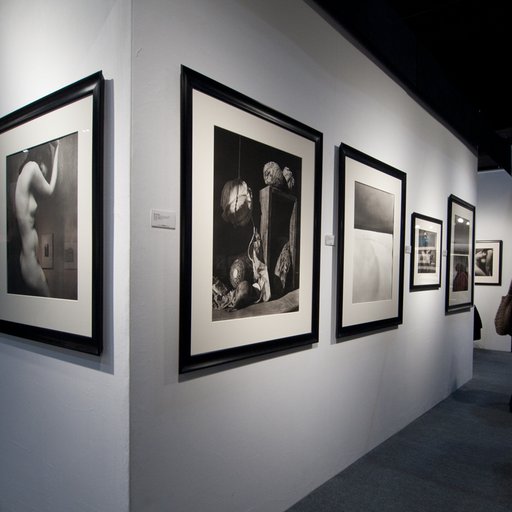As the head of the Calder Foundation, Alexander S.C. Rower casts a connoisseurial eye over the expanse of the past century's art, stewarding the estate of his famous grandfather, Alexander Calder, and inspiring innovation among contemporary artists through the biannual Calder Prize. He's also a collector himself, drawing on a wealth of art historical knowledge to unearth treasures others might overlook. Here are Sandy Rower's five favorite works at Art Basel 2014. (And while extraordinary Calder sculptures aplenty can be found at the fair, the best place to see his work this year is outside the Rijksmuseum, where 18 monumental works are on display through October.)
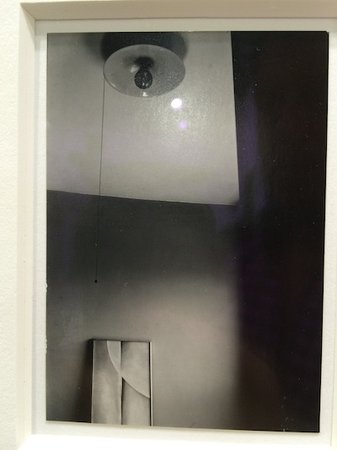
The level of intimacy depicted in this historical artifact is borderline disturbing. It's ostensibly a portrait of Alfred Stieglitz's genius, in the form of his New York gallery An American Place, and his wife Georgia O'Keeffe's painting. But Norman was magnetically obsessed with Stieglitz, her mentor, and his relationship with his wife, and, looking at this photograph, I feel as if she has unexpectedly opened their bedroom door. I almost have to look away.

Each Art Basel I embarrass myself by not knowing about an important historical artist. Alina Szapocznikow was my discovery of the week. While there are many works of hers at the fair, including a very important and grander lamp at Starmach Gallery, I prefer this one's subtlety and simplicity. It immediately reminds me of Duchamp's Ne Touchez Pas: tremendously original, yet rooted in art history.

I had forgotten that I knew these sheet metal works from Gonzalez, and was very happy to be reintroduced to them by Waring Hopkins. He has two of these very rare reliefs, and the one depicting a lady—which reminds me of Kiki de Montparnasse—had unfortunately been sold by the time I got there. It made me reflect on the extreme nature of my grandfather's wire sculptures, which are not just relieved from a two-dimensional plane, but instead define volume without mass. (Later in the day a friend of mine confided in me his successful purchase of this piece!)

"What the hell is this piece of shit?" I asked the dealer Emma Robertson, and I got an education. Magali Reus's work is about its relationship to the body. It's not so important to me that she sculpts these mundane objects, but she conceives of them as post-functional, purely sculptural works. The many references, from the days-of-the-week pillbox to the plastic dust covers, have unexpected harmony.

Having been a fan of Thomas Houseago's work for many years, I never would have imagined that it could retain its power at this large scale. The permeable planar dimensions are a gratifying Modern reference, yet the work is very much of our time. (I only wish I had a spot for it.)











